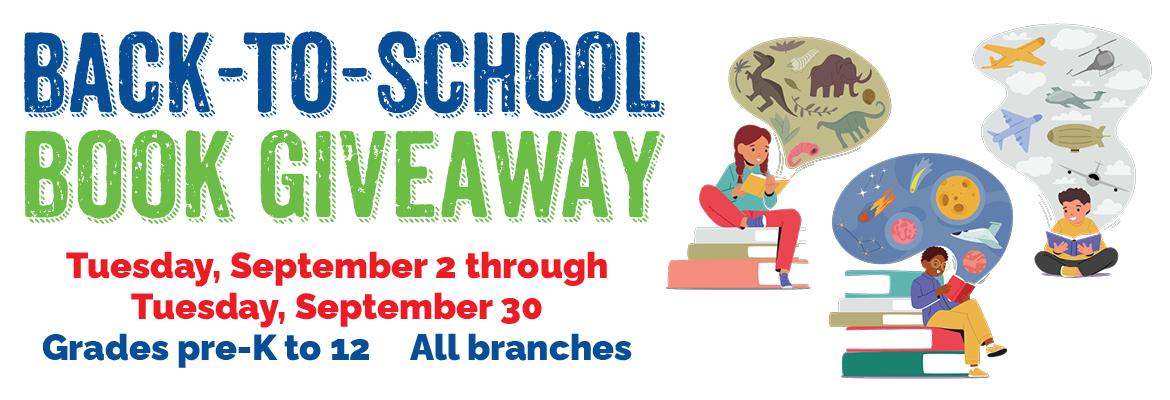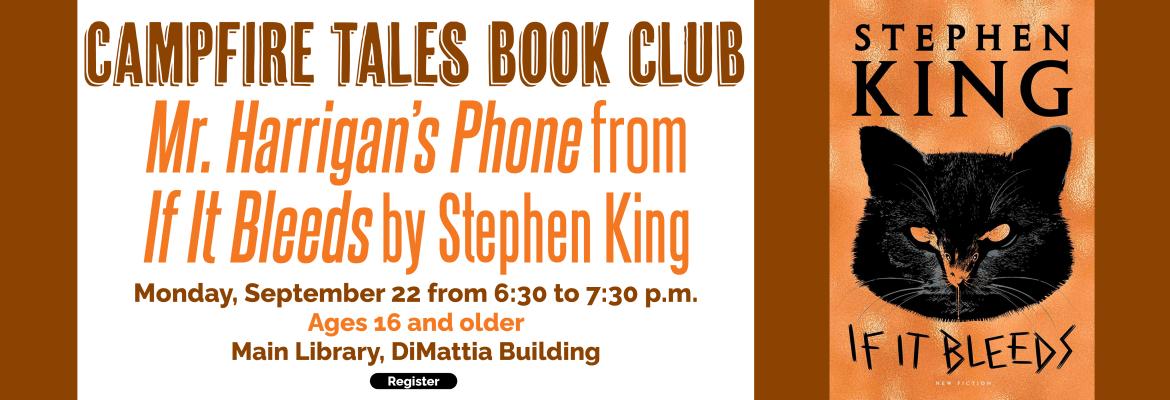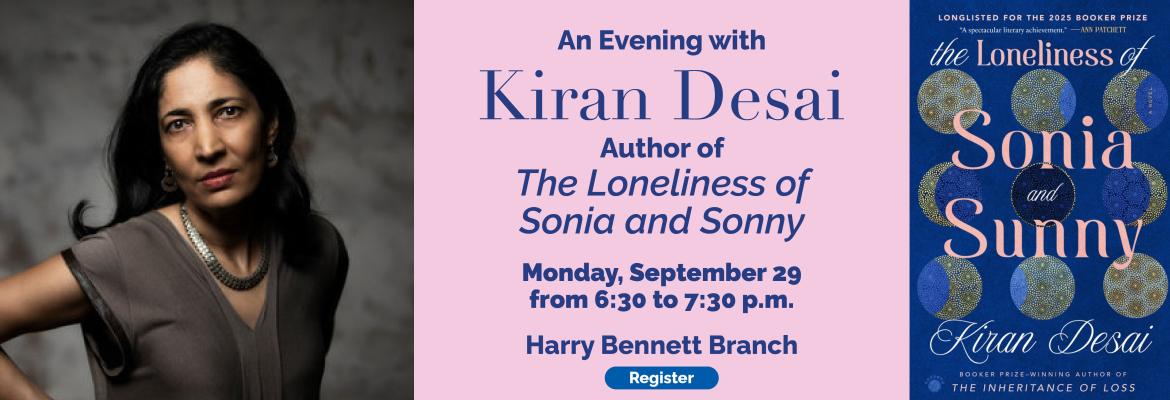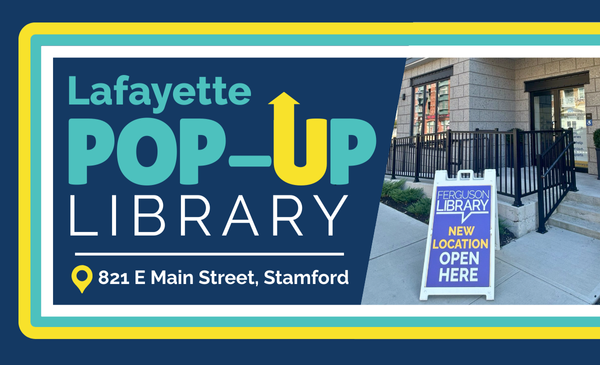Main Library
10:00am-8:00pm
DiMattia Building
1 Public Library Plaza
Stamford, CT 06904
United States
Sun: 1:00pm-5:00pm
Mon: 10:00am-8:00pm
Tue: 10:00am-8:00pm
Wed: 10:00am-8:00pm
Thu: 10:00am-8:00pm
Fri: 10:00am-6:00pm
Sat: 10:00am-5:00pm
Harry Bennett Branch
10:00am-6:00pm
115 Vine Road
Stamford, CT 06905
United States
Sun: Closed
Mon: 10:00am-6:00pm
Tue: 10:00am-6:00pm
Wed: 10:00am-7:00pm
Thu: 10:00am-6:00pm
Fri: 10:00am-6:00pm
Sat: 10:00am-5:00pm
South End Branch (Reopening Fall 2025)
Closed
Lathon Wider Community Center
34 Woodland Avenue
Stamford, CT 06902
United States
Sun: Closed
Mon: Closed
Tue: Closed
Wed: Closed
Thu: Closed
Fri: Closed
Sat: Closed
Weed Memorial & Hollander Branch
10:00am-6:00pm
1143 Hope Street
Stamford, CT 06907
United States
Sun: Closed
Mon: 10:00am-6:00pm
Tue: 12:00pm-7:00pm
Wed: 10:00am-6:00pm
Thu: 10:00am-6:00pm
Fri: Closed
Sat: 10:00am-5:00pm
West Side Branch (Closed until Sept. 22)
1:00pm-4:00pm
245 Selleck Street
Stamford, CT 06902
United States
Sun: Closed
Mon: 1:00pm-4:00pm
Tue: 1:00pm-4:00pm
Wed: 1:00pm-4:00pm
Thu: 1:00pm-4:00pm
Fri: Closed
Sat: Closed
Lafayette Pop-Up Library
Closed
Sun: Closed
Mon: 1:00pm-6:00pm
Tue: Closed
Wed: 10:00am-3:00pm
Thu: Closed
Fri: 10:00am-3:00pm
Sat: Closed
Bookmobile
Closed
Sun: Closed
Mon: Closed
Tue: Closed
Wed: Closed
Thu: Closed
Fri: Closed
Sat: Closed
Outreach
Closed
United States
Sun: Closed
Mon: Closed
Tue: Closed
Wed: Closed
Thu: Closed
Fri: Closed
Sat: Closed
Virtual
Closed
United States
Sun: Closed
Mon: Closed
Tue: Closed
Wed: Closed
Thu: Closed
Fri: Closed
Sat: Closed
System-Wide
Closed
United States
Sun: Closed
Mon: Closed
Tue: Closed
Wed: Closed
Thu: Closed
Fri: Closed
Sat: Closed








































































































